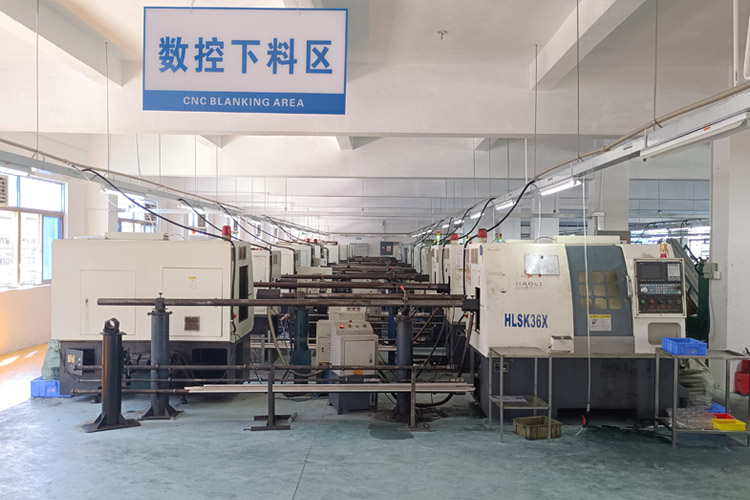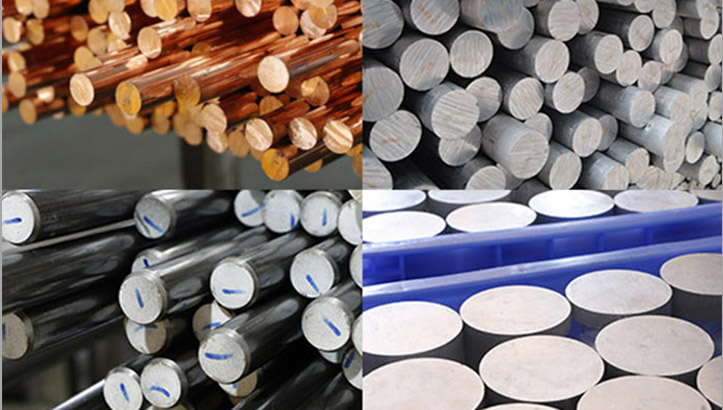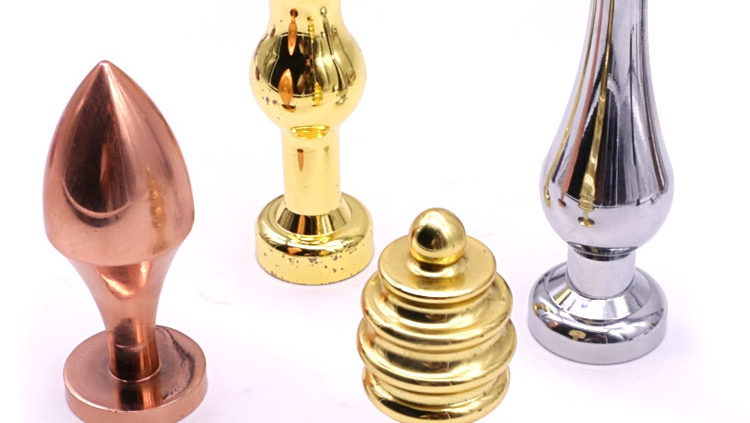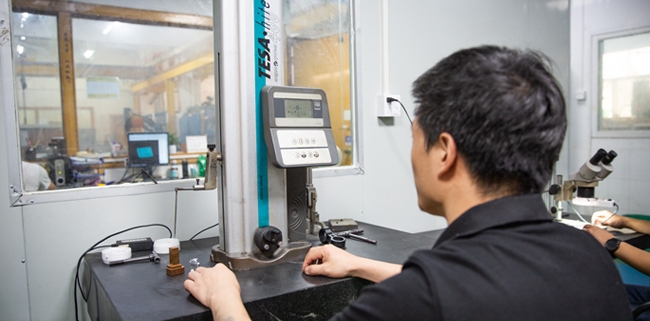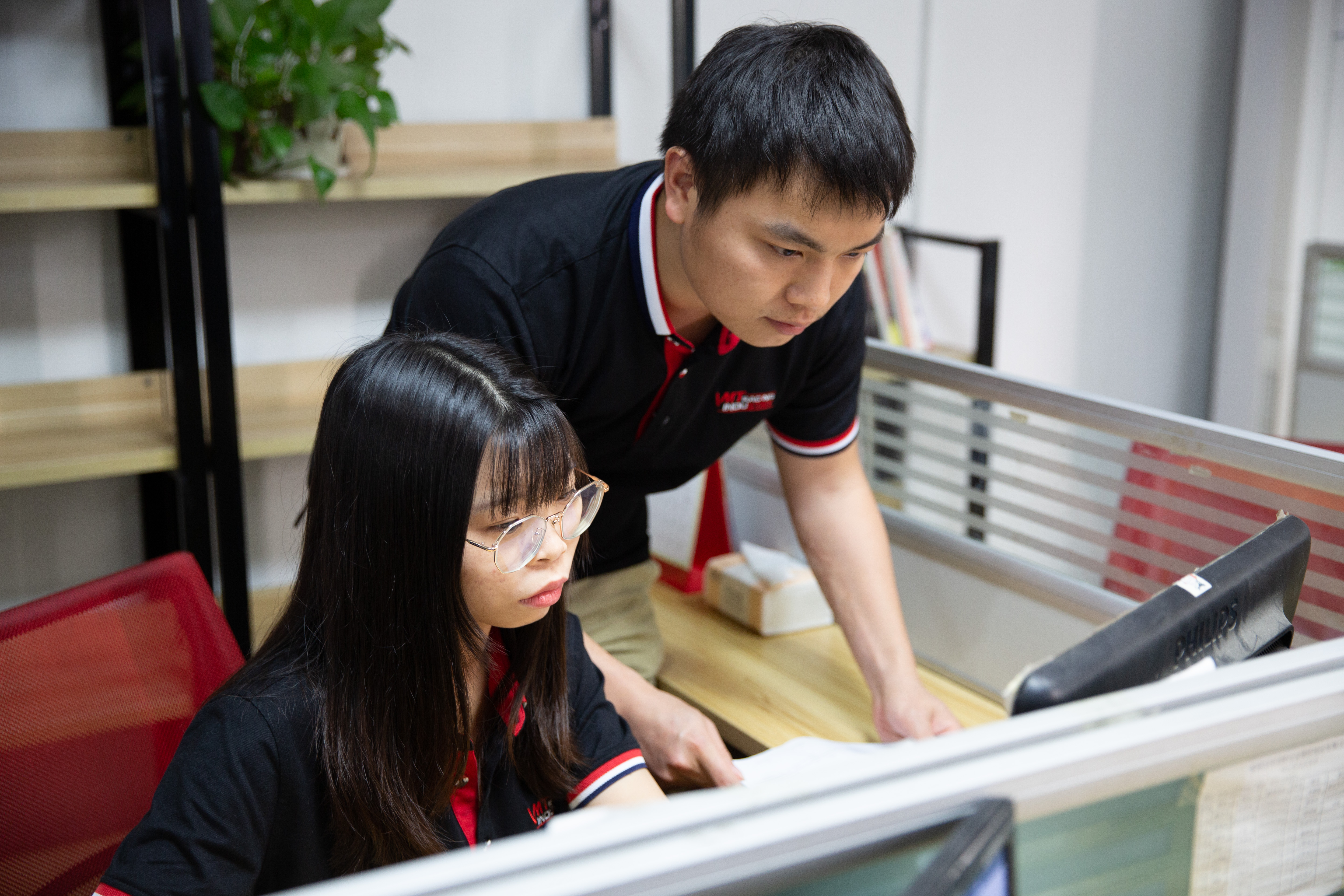Differences Between CNC Metal Spinning and Hand Spinning
Although computer control systems provide a variety of advantages, even the most technologically advanced shops often possess hand spinning units. These devices allow increased manual control, which helps manufacturers better evaluate and systematize the eventual stages of a production plan for a particular component or product.
As interpreted through stories on medieval woodcuts, it has shown that manual metal spinning dates back centuries, but this older method relied on manually spun lathes. As techniques developed, manufacturers began to use hydro-powered and electrically powered spinners, yet despite increased lathe speeds, these spinners were still only suitable for shaping softer metals, such as aluminum and its alloys. Only after the introduction of hydraulic spinners could manufacturers begin to apply the cost-efficient process to harder metals like steel. The increased speeds of hydraulic machines, when combined with CNC capabilities, allowed for greater worker and part safety, but removed a certain level of craftsmanship from the equation.
Although CNC metal spinning is highly effective at turning out products quickly, efficiently, and with tolerance for repeatability, manual metal spinning is still necessary for the development stages. In a pinch, it is also an effective method for producing short production runs in order to free up expensive CNC equipment for longer, more intricate production cycles.
![]()
![]()
![]()
![]()
![]()

